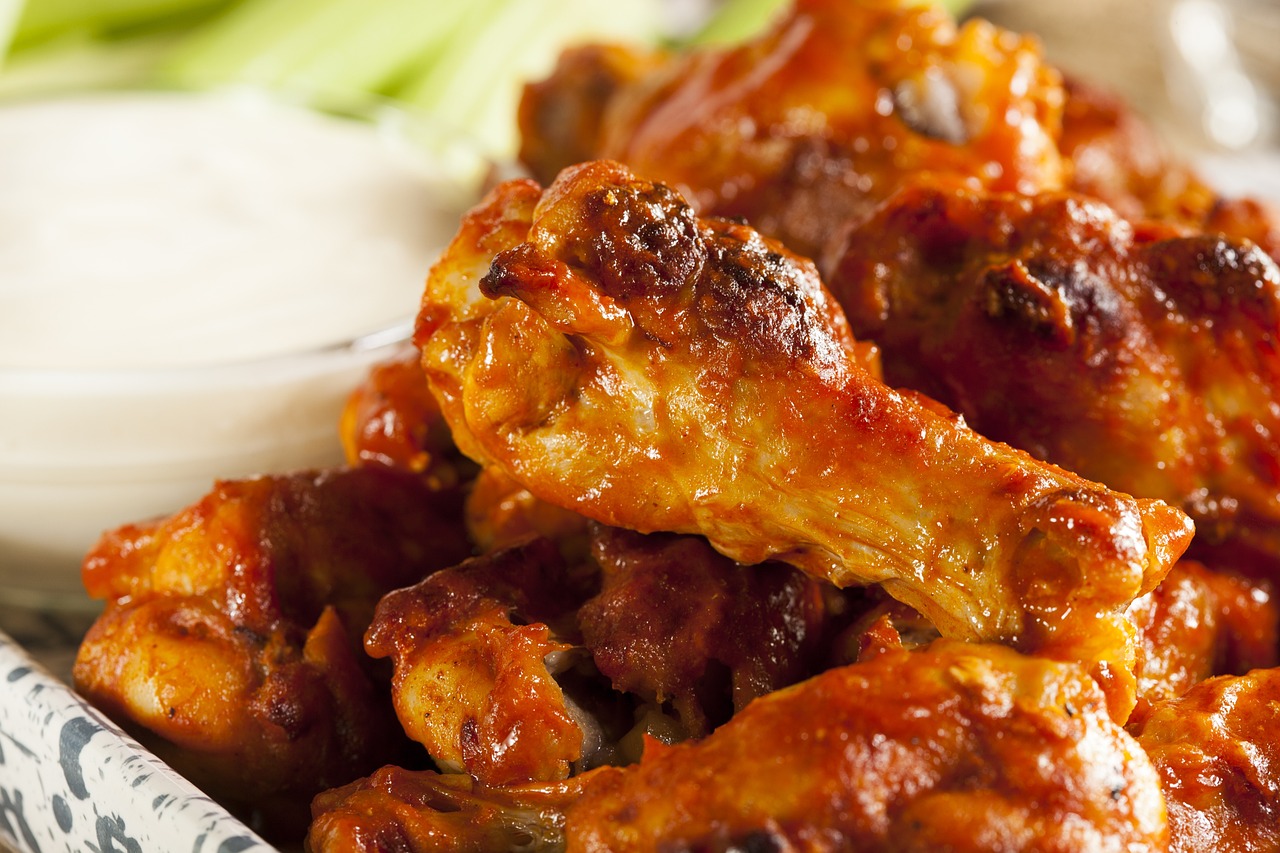Baked Alaska, Chicken Kiev, Buffalo wings . . . there are so many foods you’re probably used to calling by the names of places around the world, but have you ever stopped to wonder why they take those names? Pull up a chair for a taste of culinary history and the fascinating linguistics to be found on your plate.
The Hometown Heroes
Sometimes, you can’t beat the simplest answer: some foods really do come from those places. Madagascar vanilla comes from Madagascar, Buffalo wings were invented in a restaurant in Buffalo, NY, and Peking duck originated in Beijing (formerly known as Peking). In many cases, the food has even helped put its birthplace on the map.
In particular, food tends to take on a hometown name when something special sets that food apart. Just think of Kobe beef, Cornish hens, or Parmigiano Reggiano cheese, all of which have unique qualities and rarity related to their region. The original San Marzano tomatoes, for example, derived their rich flavor from the volcanic soil near Italy’s Mount Vesuvius. Indeed, many such products have official government regulations related to their label use, such as the “Protected Designation of Origin” (PDO) in Europe and the UK (this is why it’s important not to call just any sparkling wine “champagne”).
The Impostors
However, not all foods have come by their names honestly. Quite a few dishes are the product of language mistakes and misunderstandings. Jerusalem artichokes, for example, aren’t related to Jerusalem and aren’t artichokes. One explanation for the name? Italian immigrants in the U.S. named this tuber girasole, sunflower, which led confused English speakers to Americanize the name as “Jerusalem.”
Similarly, the extra-puffy pancake known as a Dutch baby doesn’t have anything to do with the Netherlands (or babies, for that matter). The name was coined at a Seattle diner because the dish was based off a German pancake, and the owners simplified the word “Deutsch” to something easier to pronounce.
Some “impostors” also come with intriguing historical backgrounds. Baked Alaska was invented in the famous Delmonico’s restaurant in New York City, rather far away from its namesake. The dish was created in the late 1800s to celebrate the country’s acquisition of Alaska from Russia.
The Marketing Miracles
Finally, some foods have calculated branding campaigns to thank for their names. Often, an “exotic” name has been used to disguise the humble origins of a dish with a luxurious veneer. German chocolate cake, for example, doesn’t have a single thing to do with Germany. It was named after Samuel German, a creator of baking chocolate, who cleverly used the cake recipe to boost his chocolate’s national sales.
Other foods have been named to take advantage of certain trends popular in the market. Crab Rangoon was the brainchild of a restaurant called Trader Vic’s in San Francisco, which wanted to capitalize off public interest in tiki bar-style culture. And Greek yogurt doesn’t necessarily come from Greece. It’s just a name for strained yogurt. However, the association with Greece and the so-called Mediterranean diet helps play up this yogurt’s reputation as a health food. Actually, in the U.S., there is no standard legal definition of Greek yogurt—so, buyer beware!
The food we eat is a reminder of how language nuances can have a major impact across the world. Whether you’re working with cookbook recipes, restaurant menus, or food products, an expert translator can help you make sure every pinch of salt is accurately translated to your audience.
Image by the lifestyle mode from Pixabay

